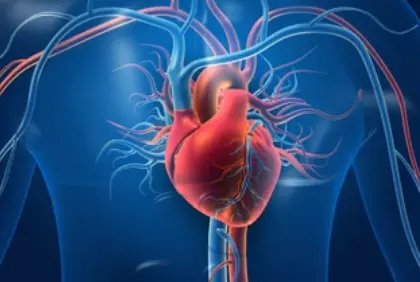 Welcome
Welcome
“May all be happy, may all be healed, may all be at peace and may no one ever suffer."
Diagnostic procedures - Generics
Diagnostic procedures are medical tests or exams that are used to determine the cause of a patient's symptoms or health condition. These procedures are conducted by healthcare professionals and can include both non-invasive and invasive techniques.
Non-invasive diagnostic procedures include:
- Physical exams: Healthcare providers may conduct a physical exam to assess a patient's overall health and identify any visible signs or symptoms of illness.
- Imaging tests: Imaging tests, such as X-rays, CT scans, MRI scans, ultrasound, and PET scans, can be used to visualize internal structures of the body and detect abnormalities or diseases.
- Blood tests: Blood tests can be used to evaluate a patient's blood chemistry, blood cell count, and other important functions of the body.
- Electrocardiogram (ECG): An ECG is a non-invasive test that is used to measure the electrical activity of the heart and diagnose heart conditions.
Invasive diagnostic procedures include:
- Biopsy: A biopsy involves taking a small sample of tissue or fluid from the body for laboratory analysis to determine if cancer or other diseases are present.
- Endoscopy: An endoscopy involves inserting a thin tube with a camera and light into the body to examine organs and tissues, such as the digestive tract or lungs.
- Catheterization: A catheterization involves inserting a thin tube through a blood vessel to measure blood pressure or collect blood samples from the heart.
- Lumbar puncture: A lumbar puncture involves inserting a needle into the spinal cord to collect cerebrospinal fluid, which can be tested for infection, cancer, or other diseases.
Diagnostic procedures are essential for identifying and treating medical conditions. Healthcare providers can use the results of these tests to develop a treatment plan that is tailored to the patient's individual needs. It is important to follow the healthcare provider's instructions before, during, and after any diagnostic procedure to ensure accurate and safe results.

Shock

Corns and Calluses

Post myocardial infarctio...

Influenza

Gynaecomastia

Partial seizures

Trichuriasis

To reduce the need for al...
Diagnostic procedures, ডায়াগনস্টিক পদ্ধতি
To be happy, beautiful, healthy, wealthy, hale and long-lived stay with DM3S.